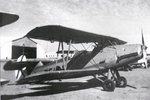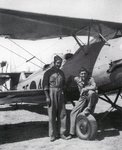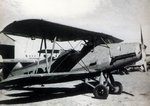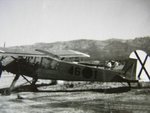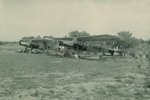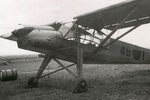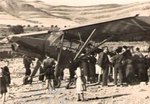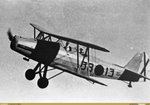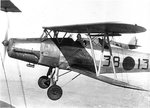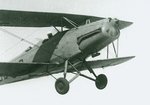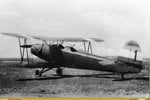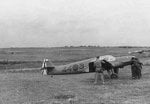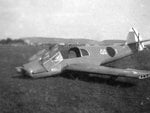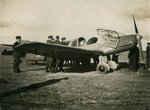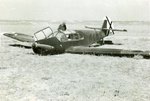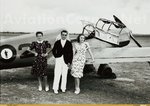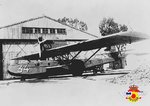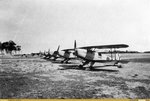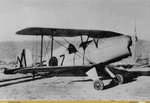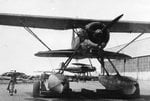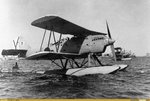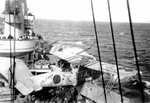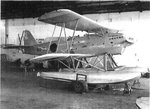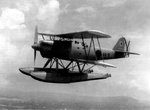- Thread starter
- #81
The Arado Ar 66 was a German single-engined, two-seat training biplane, developed in 1933. It was also used for night ground-attack missions on the Eastern Front. It was engineer Walter Rethel's last design in collaboration with Arado.Arado's chief designer Walter Rethel started design of a new two-seat trainer in 1931, with the design being developed by Walter Blume when Rethel transferred to Messerschmitt, with the first prototype, the Ar 66a flying in 1932. The Ar 66 had an Argus As 10 air-cooled inverted V8 engine producing about 179 kW (240 hp), which drove a 2.5 m (8.2 ft) two-blade propeller. It carried 205 L (54 US gal) of fuel, and 17 L (4 US gal) of oil.
The fuselage had an oval cross-section and was made of welded steel tubes, covered with fabric. The double wings provided very high lift, even at low speeds. Both wings had the same span and an 8° sweep. Construction consisted of a double pine cross-beam structure, with lime tree ribs, and fabric covering. There were ailerons in both upper and lower wings. The tail had a conventional design, with the horizontal stabilizer mounted on the fuselage upper edge. The rudder was placed behind the elevator. Both the rudder and the elevator were of steel tube covered in fabric, and had a bigger surface than the first version to correct balance problems. The steel tube undercarriage was attached to the fuselage in a "V" shape and used a high-pressure rubber suspension. The crew consisted of two: instructor pilot and trainee, seated in open tandem cockpits equipped with dual controls. The aircraft was equipped with instrument flight systems with photographic cameras were mounted as optional equipment.
The fuselage had an oval cross-section and was made of welded steel tubes, covered with fabric. The double wings provided very high lift, even at low speeds. Both wings had the same span and an 8° sweep. Construction consisted of a double pine cross-beam structure, with lime tree ribs, and fabric covering. There were ailerons in both upper and lower wings. The tail had a conventional design, with the horizontal stabilizer mounted on the fuselage upper edge. The rudder was placed behind the elevator. Both the rudder and the elevator were of steel tube covered in fabric, and had a bigger surface than the first version to correct balance problems. The steel tube undercarriage was attached to the fuselage in a "V" shape and used a high-pressure rubber suspension. The crew consisted of two: instructor pilot and trainee, seated in open tandem cockpits equipped with dual controls. The aircraft was equipped with instrument flight systems with photographic cameras were mounted as optional equipment.
Attachments
Last edited:

